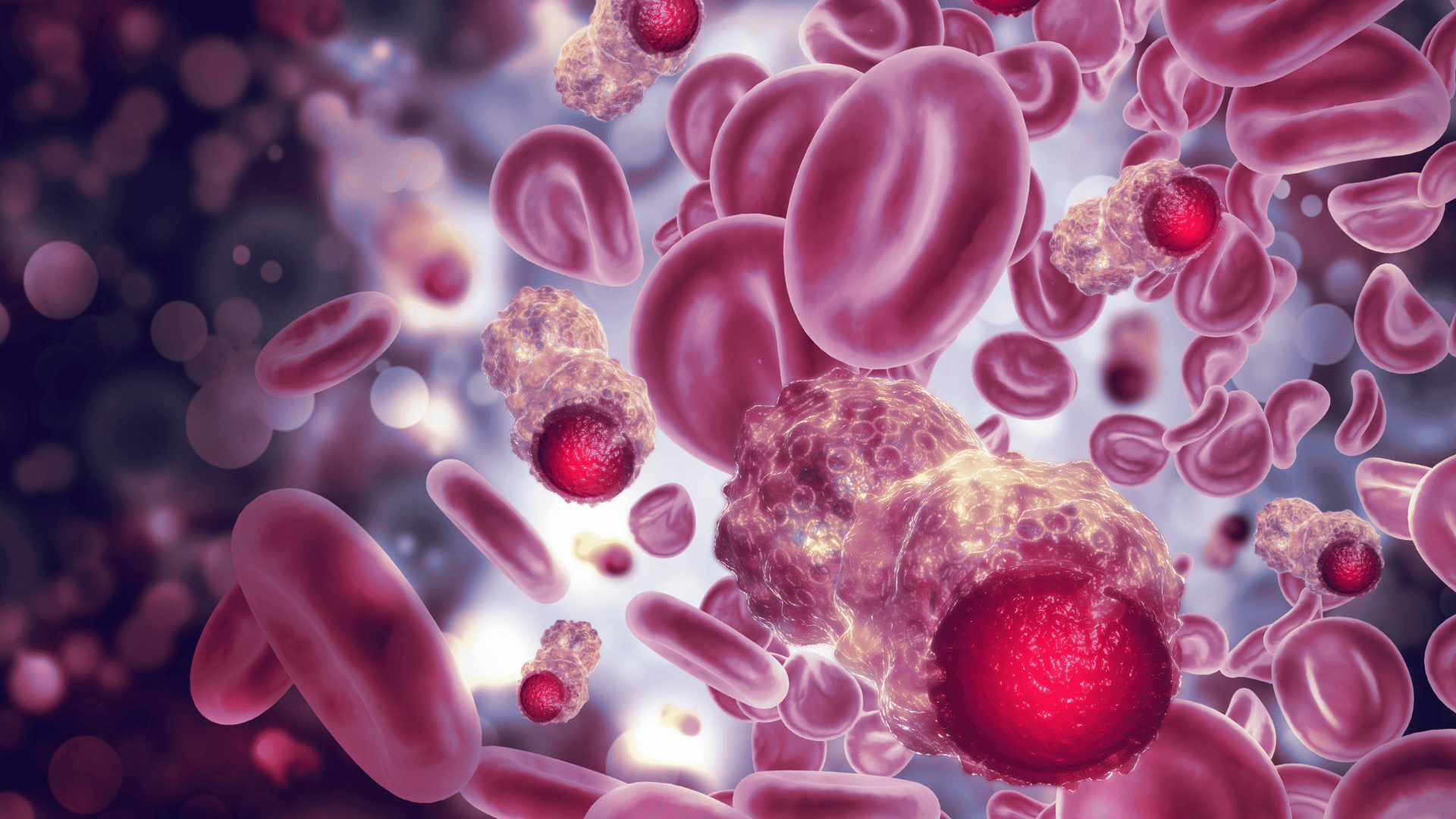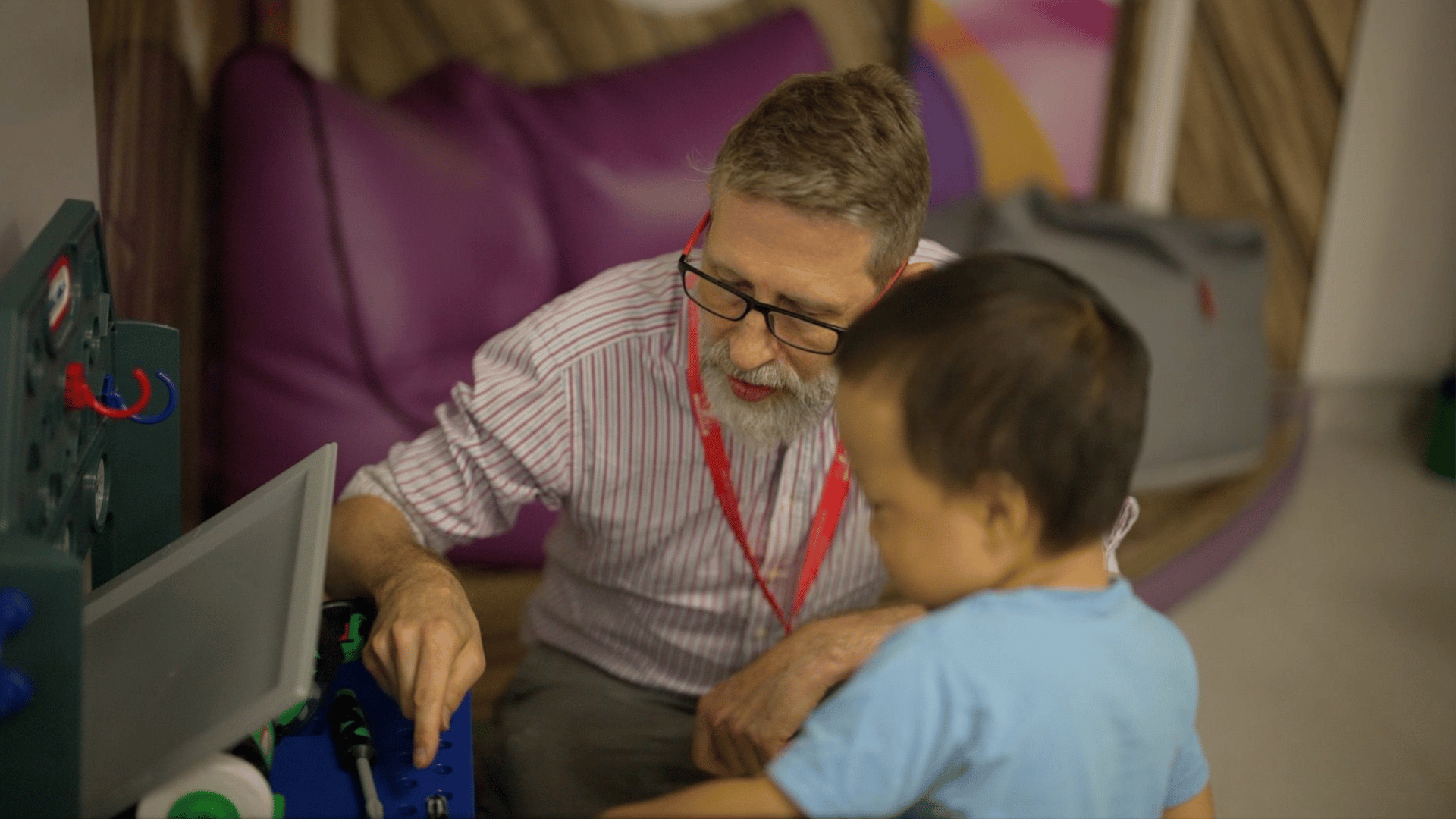A groundbreaking new cancer treatment could offer a safer and more accessible option than chemotherapy. Researchers from the University of Texas at Austin and the University of Porto in Portugal developed a new alternative using LED light and tiny, engineered tin flakes, called “SnOx nanoflakes.”
The treatment builds upon photothermal therapy, a treatment that utilizes light to heat and destroy cancer cells.
Previously, this method faced numerous challenges, including high costs, specialized facilities, and the need for harmful lasers. New research replaces expensive lasers with affordable, safer LED technology, along with cancer-targeting nanoflakes.
A Precise, New Treatment For Cancer

A recent study demonstrates the effectiveness and precision of the treatment. In just 30 minutes of exposure, the therapy killed up to 92% of skin cancer cells and 50% of colorectal cancer cells in laboratory tests. In addition, it achieved this without damaging healthy human skin cells. Showcasing significant selectivity like this is extremely important for researchers.
Jean Anne Incorvia, a professor at the Cockrell School of Engineering and one of the project leaders, highlighted the research’s two main goals.
“Our goal was to create a treatment that is not only effective but also safe and accessible,” she said. “With the combination of LED light and SnOx nanoflakes, we’ve developed a method to precisely target cancer cells while leaving healthy cells untouched.”
The long-term goal focuses on accessibility and patient convenience. Researchers are exploring alternative catalyst materials and developing practical clinical devices for use in the field. They envision a future where treatments are administered outside of hospitals.
“Our ultimate goal is to make this technology available to patients everywhere, especially places where access to specialized equipment is limited, with fewer side effects and lower cost,” said Artur Pinto, the lead researcher for the project at the University of Porto. “For skin cancers in particular, we envision that one day, treatment could move from the hospital to the patient’s home.”
The project has already received additional funding to develop an implant for breast cancer patients.







